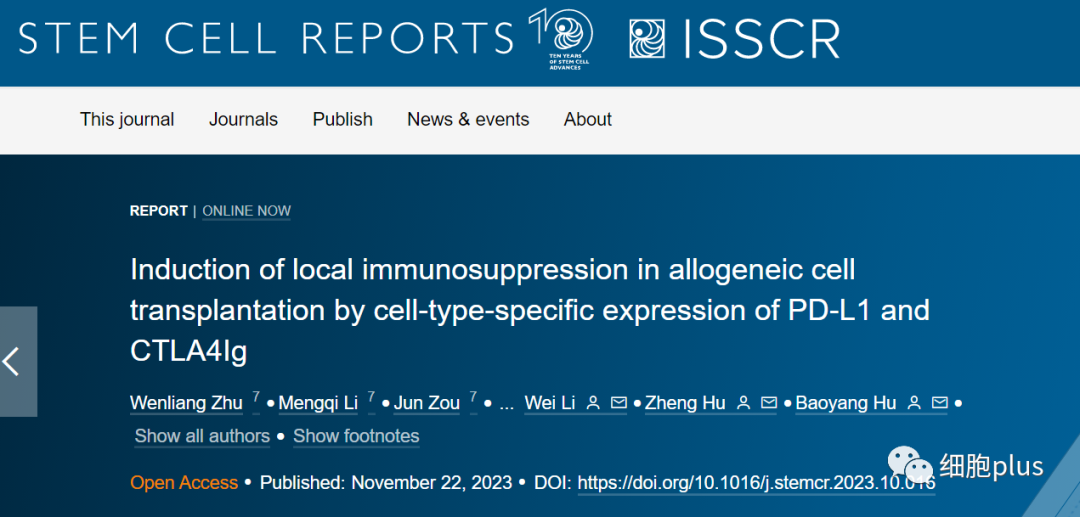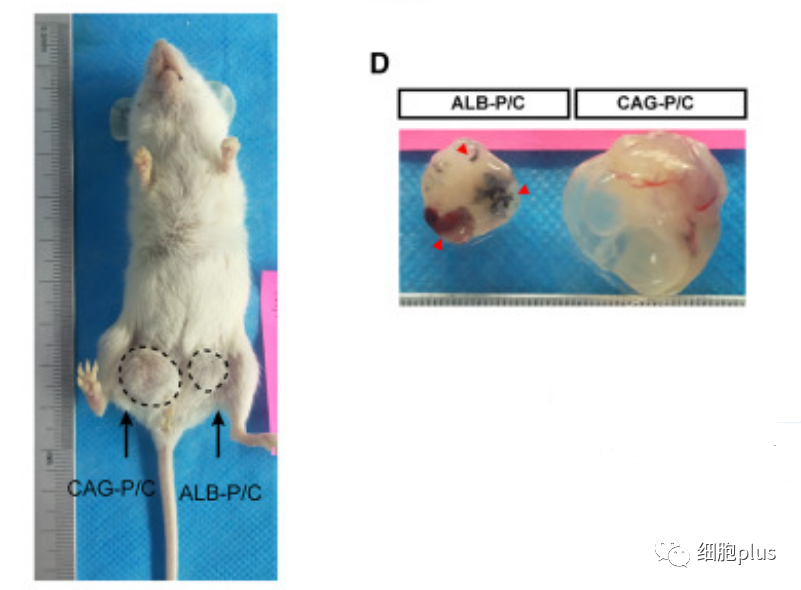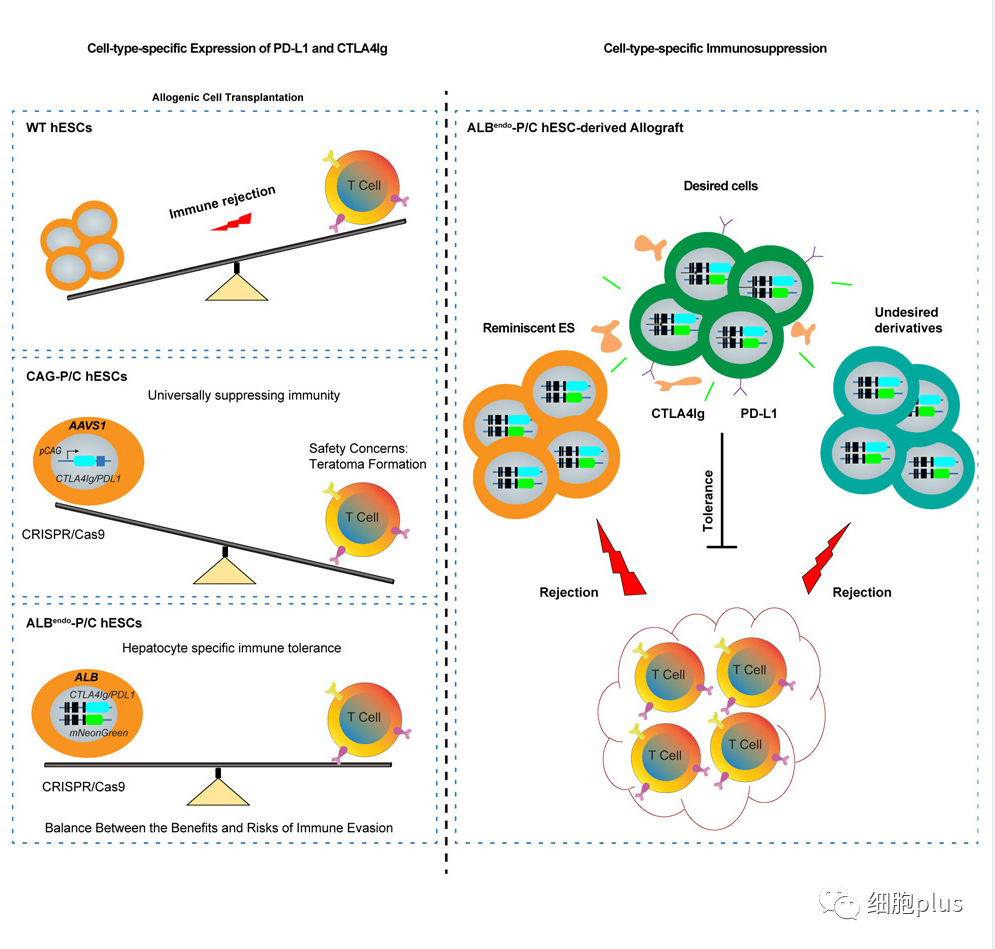
Source: Cell plus
Cell and organ transplants can save lives, but due to the lack of suitable donors, patients often have to wait for a long time or even for an organ.
According to donatelife.net, 6,000 people will die in 2021 in the United States alone while waiting for a transplant. In China, the figure is undoubtedly much larger.
One day, however, stem cell-generated organs could ease the persistent shortage of organ donors, enabling more patients to undergo transplants. But whether it's solid tissue or cells from a deceased or living donor, the biggest problem with donation is immune rejection.
The solution to this problem is the preparation of so-called low-immunogenic stem cells, the strategy of which is that stem cells and their derived tissues are genetically modified so that they are no longer recognized by the immune system, enabling the preparation of grafts from a generic stock of stem cells without the need for immune matching.
However, a potential risk associated with low immunogenic stem cell transplantation is the uncontrolled growth of immature cells remaining in the transplantation, which may not be monitored by the immune system and may lead to tumorigenesis.
To overcome the risk of immune rejection and potential tumor formation, researcher Baoyang Hu and colleagues from the Chinese Academy of Sciences genetically engineered stem cells to make the liver cells derived from them immune to attack by the immune system.
At the same time, immature, potential tumorigenic stem cells are still attacked and eliminated by the immune system.
The study is published in the latest issue of STEM CELL REPORTS.

To achieve this, the research team engineered human embryonic stem cells using CRISPR-Cas9 technology to induce the expression of two proteins, PD-L1/CTLA4Ig, in differentiated liver cells that immature stem cells do not express.
Thus, when transplanted into mice with human immune systems, immature stem cells are destroyed by immune system attack and tumor formation is suppressed, while stem cell-derived liver cells are protected from immune attack and thus persist in the mouse body.

Teratomas formed by ALB-P/ hESCs are strongly rejected by the immune system in Hu mice
A similar approach could be used to protect other stem cell-derived tissues, such as heart cells or pancreatic cells, from immune rejection.

The authors believe that this selective immunotolerance approach is suitable for clinical grade human embryonic stem cells, which indicates a promising pathway for clinical transformation.
Reference link:https://doi.org/10.1016/j.stemcr.2023.10.016